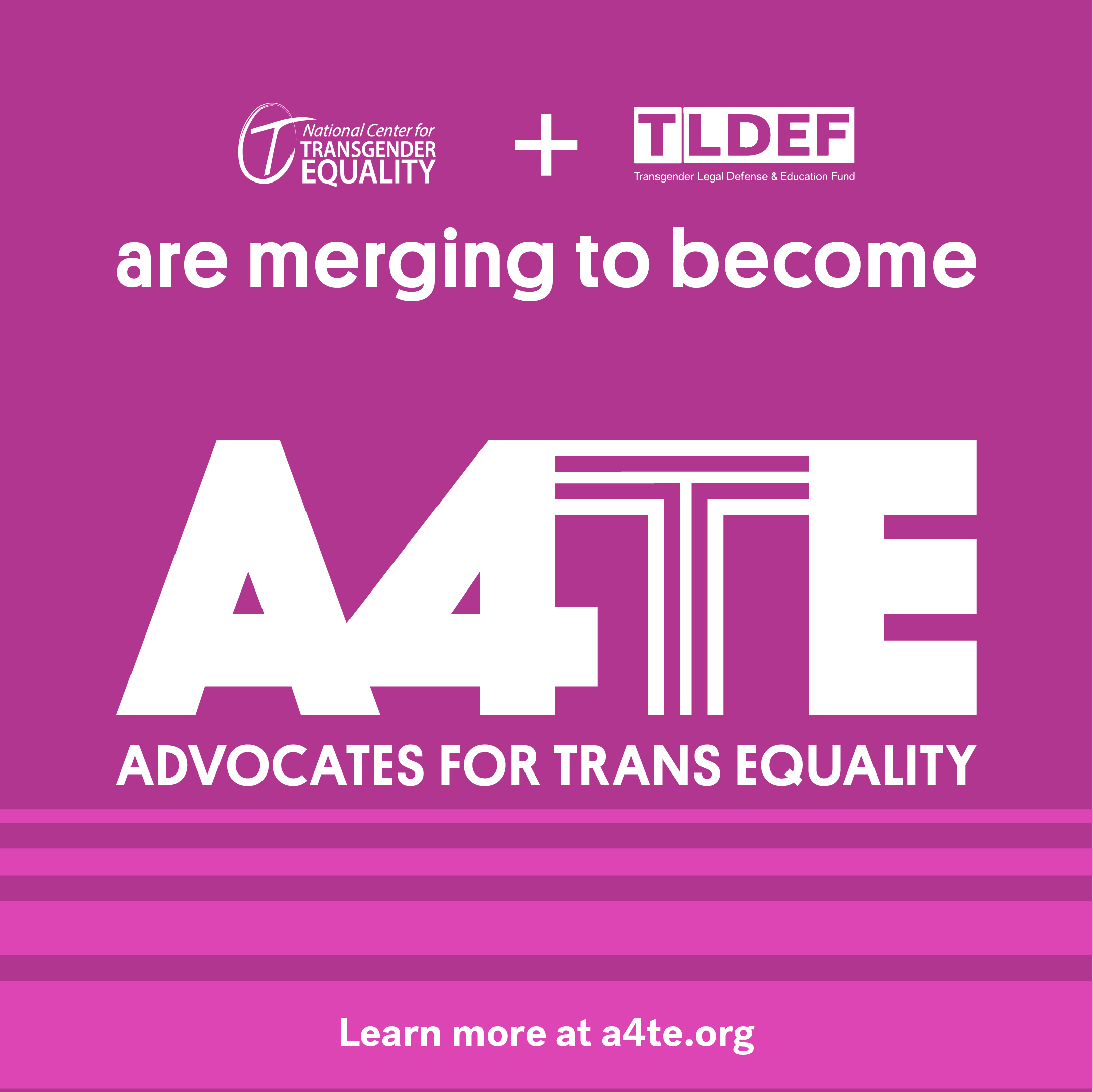NCTE @ the National Summit on Gender-Based Violence Among Youth

This week I had the chance, along with a number of other LGBT advocates, to attend the National Summit on Gender-Based Violence Among Youth, sponsored by the U.S. Department of Education, with the participation of the Departments of Justice and Health and Human Services. The summit brought together youth, educators, researchers, service providers, advocates and policymakers to discuss solutions to violence that is based on gender, gender identity, and sexual orientation. The summit took an integrated approach, bringing together discussions and efforts focused on sexual harassment, dating violence, sexual assault, and violence targeting LGBT youth. A major theme of the summit was the need for research and for evidence-based interventions. We know that harassment of transgender youth in schools is pervasive – according to research by GLSEN, more than half of trans students have been physically harassed at school in the past year. However, little research has been done to compare experiences of bullying, physical abuse and sexual harassment against trans youth, to look at who sexually harasses trans youth and in what circumstances, and to understand how this harassment may differ from sexual harassment of non-transgender girls and boys. We know even less about dating or intimate partner violence experienced by trans youth or adults. Although there has been little research focusing on sexual violence against transgender youth or adults, existing studies report a lifetime prevalence of sexual assault ranging from 21% to 59%. In the Encuesta Nacional de Discriminación Transgénero, 12% of adults who had attended K-12 school as a trans or gender nonconforming student had been sexually assaulted by a fellow student, school staff or teacher. More than one in five trans people who has tried to get access to a homeless shelter – many of them youth – has been sexually assaulted in a shelter. Advocates and educators working to prevent and respond to gender-based violence have become increasingly aware of the vulnerabilities of trans youth and the need to develop interventions that include and protect them. While local LGBT anti-violence projects y grupos como Break the Cycle y del Red del Noroeste de Sobrevivientes de Abuso Bisexuales, Trans, Lesbianas y Gays have led the way, all the attendees at this week’s summit, including administration officials, acknowledged the importance of making sure that their work is fully LGBT-inclusive. There is still much to do. Too often, schools still treat transgender and gender-nonconforming youth as the problem instead of the abuse against them. NCTE will continue to work with anti-violence advocates and federal agencies to address all forms of violence that affect transgender young people. What can schools and communities do to prevent and respond to violence against transgender youth?
- Train educators, administrators and counselors about transgender youth and their needs and vulnerabilities;
- Adopt comprehensive policies on harassment, bullying and abuse that enumerate vulnerable groups, including transgender youth;
- Adoptar school policies that ensure full inclusion of transgender students, including students’ ability to dress, access restrooms, and compete in sports consistent with their gender identity;
- Support student efforts such as the formation of a Gay-Straight Alliance or participation in events such as the Día nacional del silencio or Semana de aliados;
- Institute age-appropriate, inclusive curricula on harassment and dating violence;
- Use posters and stickers in offices and classrooms to help youth identify supportive adults;
- Partner with local anti-violence projects to develop efforts tailored to the local community;
- Never blame a young person’s gender identity or expression for violence against them.

